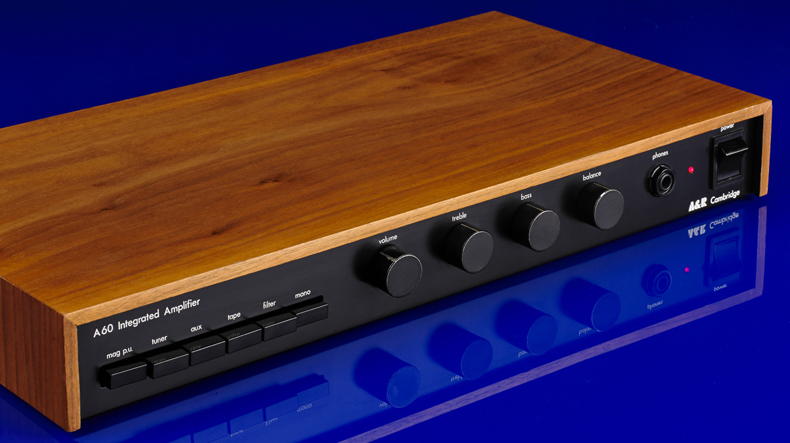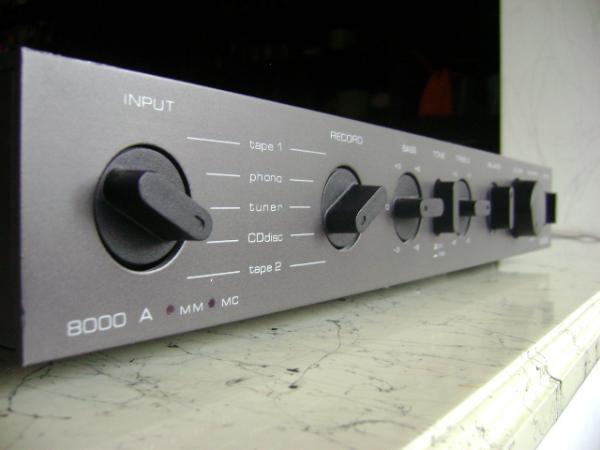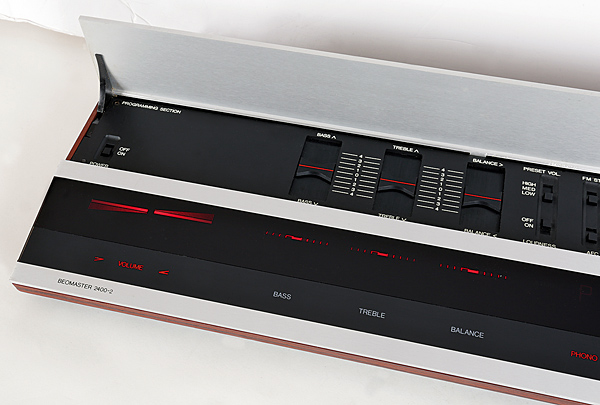Pioneer is one of the more intriguing Japanese brands, as well as one of the most impressive in terms of product quality over time. It has never failed to innovate in consumer electronics since it was founded in 1937 by Japanese engineer Nozomu Matsumoto. The golden years of hi-fi, according to neutral observers, were from 1973 to 1982, which is when the SA-9500 was released.
Its first products were loudspeakers, but by 1962, it had moved on to stereo systems, having floated on the Tokyo Stock Exchange and changed its name from Fukuin Denki to Pioneer Electronic Corporation. Following that, there was a “purple period” of excellent tape recorders, turntables, and tuners that lasted until 1982, when Pioneer released its first LaserDisc player. It also produced excellent in-car audio systems, for which it was briefly the market leader, as well as class-leading DVD players and Plasma TVs.
The SA-9500 dates from a time when the company’s focus was nearly entirely on two-channel hi-fi. It was the pinnacle of Pioneer’s stereo equipment manufacturing when it was released in 1975. It was the penultimate integrated amplifier in the line, a dependable piece of gear that weighed in at a hefty 16kg. Much of this was due to the amp’s massive amount of power, even by today’s standards. Eight metal-cased NEC bipolar transistors (four per side, paralleled and DC linked) put out a stated 130W DIN into 4 ohms, corresponding to two times 80W RMS. This was made possible via a massive frame-type mains transformer and two massive 18,000uF Elna smoothing capacitors, as well as a significant quantity of heatsinking. Even though it’s pretty common now, this was an enormously powerful amplifier by mid-seventies standards.
Two line-level inputs, one phono (with variable cartridge loading), and two tape monitor circuits, as well as switching for two pairs of speakers, were installed. There were bass and treble controls with switchable frequencies, as well as a defeat switch and the essential – for a 1970s amp – subsonic filter switch to eliminate turntable-based rumble. All of these features were available on a large brushed aluminium front panel that was noticeably more gleaming than the Sony TA-3650! The rear panel was a tangle of RCA phono socketry around the back. A nice ALPS volume potentiometer was installed inside, along with high-quality passive componentry.
The Pioneer, as lovely as it is to look at, couldn’t quite match the sonic quality of its British competitors. The Lecson integrated amplifier, for example, cost the same amount but sounded warmer, smoother, and more luxurious. The SA-9500 was a brittle performer — it was snappy and had a fantastic bottom end, but its midband was a little ‘transitory,’ as were many other amplifiers of the time. Across the upper midband, it sounded a little opaque and foggy, yet slightly edgy. Treble was clean and sharp, but not as well resolved as some competitors and had a sandpapery quality to it. It matched the warm and lush vinyl front ends of the day in some ways, but run a neutral modern source through it and it sounds unrefined by 2014 standards — the £350 Cambridge Audio 652A does better now.
Buying vintage hi-fi can sometimes provide excellent sound for a ridiculously low price. In this case, however, the £250 you’ll pay on eBay for a Pioneer SA-9500 will get you a nice bit of retro 1970s kitsch and a very uncomplicated sound. Sure, it’s a bit harsh and aggressive, but if you’re used to a well-balanced modern system, the novelty wears off quickly. Pioneer’s tape decks and open reel machines were superb at the time, and the company was ready to release a new generation of turntables. This amp’s matching tuner was likewise excellent – but Pioneer’s amplifiers were not the company’s strong suit, even if they looked the part.







